To the lover of wilderness, Alaska is one of the most wonderful countries in the world.
So, you are thinking about moving to Alaska? That’s exciting!
Alaska is not simply a state; it's a way of life where adventure cozies up with serenity.
Known as "The Last Frontier," Alaska has more than 663,000 square miles of wilderness and untamed beauty, making it the biggest state in the U.S., but its population is less than 750,000.
That means vast tracts of land, unspoiled natural beauty, and an extraordinarily different way of life.
But let's be real: moving to Alaska isn’t a choice to make lightly.
Did you know that 33% of people who relocate to Alaska leave within the first two years?
That isn’t because Alaska is not amazing. But it is a state that requires preparation and flexibility.
For example, the cost of living in Alaska is roughly 24% higher than the national average.
Every day, staples like groceries and utilities cost much more due to their remoteness.
On the flip side, Alaska is also a state of opportunity.
There is no state income tax and no sales tax in many areas, and steady jobs in industries such as oil, tourism and fishing will give you plenty of reasons to stay.
So, if you're ready to enter a world where bears roam, and neighbors are family, this guide is for you.
Reasons for Choosing Alaska
Why would anyone choose to live in Alaska? It’s a question many people ask, and honestly, the answers might surprise you.=
The Stunning Natural Beauty
Imagine waking up to views of snow-capped mountains, glaciers, and endless forests.
Alaska is home to 17 of the 20 highest peaks in the U.S., including Denali, the tallest at 20,310 feet.
Beyond that, it has over 100,000 glaciers and more coastline than all other U.S. states combined.
If you’re a lover of the great outdoors, this is paradise.
Oh, and don’t forget the Northern Lights.
From September to April, Alaska's skies light up with the Aurora Borealis, a breathtaking phenomenon that attracts people from across the globe just to catch a glimpse. And you can have it right in your backyard.
Financial Benefits
Living in Alaska can be expensive, but did you know that the state actually pays you to live there?
Through the Permanent Fund Dividend (PFD), eligible residents receive an annual payout, recently averaging around $1,300 per person.
Families with children can see significant financial benefits here.
In addition, Alaska has no state income tax and, in most places, no sales tax either.
Abundant Outdoor Activities
If you are an adventure enthusiast, Alaska offers a lifetime of experiences.
You can fish for salmon, hunt for moose, hike some of the most challenging trails, or kayak among glaciers.
In fact, Alaska is considered one of the best places in the world for fishing and hunting.
And do not forget the winter sports! Skiing, snowboarding, snowmobiling, and even dog sledding are everyday activities here.
Unique Sense of Community
Alaskans are a different breed, resourceful, friendly, and always ready to lend a hand.
With only about 1.3 people per square mile, communities here are small and tight-knit.
Neighbors quickly become friends, and local events bring everyone together.
For many, the Alaska lifestyle and culture is about connecting with people meaningfully.
Job Opportunities
While Alaska might seem remote, its economy is anything but stagnant.
From the oil and gas industry to tourism and fishing, there’s no shortage of work.
For instance, the state’s seafood industry accounts for over 60% of the nation’s total seafood harvest, which provides thousands of jobs annually.
Additionally, healthcare and education are in high demand. If you are considering jobs in Alaska for newcomers, these sectors are worth exploring.
Best Places to Live in Alaska
So, you’re ready to make moving to Alaska a reality, but now comes the big question—where should you live?
Anchorage
If you’re looking for a balance between urban living and access to nature, Anchorage is your spot.
Home to nearly 40% of the state's population, it's Alaska's largest city and offers plenty of amenities, such as shopping, dining, and healthcare.
Anchorage also has the most diverse job market in the state, with opportunities in industries like healthcare, education, and tourism.
The average rent for a one-bedroom apartment here is around $1,200, and it’s one of the few places where public transportation is a viable option.
Juneau
Imagine living in a city accessible only by boat or plane!
Juneau, Alaska’s capital, is perfect for those who want stunning coastal views and a small-town feel.
Juneau has a strong tourism industry, bringing in over 1.2 million cruise passengers each summer.
The median home price is about $490,000, but the breathtaking scenery makes it worth considering.
Fairbanks
If you are ready for cold winters but also crave summer days where the sun never sets, Fairbanks is a great choice.
Known as the “Golden Heart City,” Fairbanks offers a strong sense of community and relatively affordable living, with a median home price of $285,000.
The city is also a great choice for adventurers, with easy access to Denali National Park and some of the best spots to view the Northern Lights.
Homer
Homer is often called the “Halibut Fishing Capital of the World,” but it’s more than just a fishing town.
It is located on the Kenai Peninsula and has a small, artistic community. It also has incredible views of Kachemak Bay.
You'll find art galleries, unique shops, and excellent seafood restaurants here.
The median home price in Homer is around $380,000, which makes it a bit more affordable than other coastal towns.
Sitka
If you love history and charm, Sitka might win your heart.
This small city on Baranof Island has a rich Russian heritage and offers some of the most stunning coastal views in Alaska.
The average home price here is about $425,000, and the town is known for its excellent schools and welcoming community.
How to Prepare Yourself for Alaska Winters
Winter in Alaska is not just a season; it’s an experience.
If you’re serious about living in Alaska, preparation is essential, especially for the winters:
Cold Weather Gear: Invest in high-quality coats, boots, gloves, and thermal layers. Brands like North Face and Carhartt are popular choices.
Vehicle Preparation: Winter tires and block heaters are non-negotiable if you plan to drive.
Heating Systems: Make sure your home has an efficient heating system to tackle temperatures that can drop below -30°F.
The Alaska Lifestyle and Culture
Alaska offers a slower pace of life with a strong emphasis on community and outdoor living.
Here’s what you’ll embrace as part of the Alaska lifestyle and culture:
Outdoor Adventures: From fishing and hunting to dog sledding and hiking, Alaska is a playground for outdoor enthusiasts.
Subsistence Living: Many Alaskans hunt, fish, or grow their food to offset the high cost of groceries.
Community Spirit: Smaller communities foster close-knit relationships. Local events like the Iditarod or town festivals are integral to life here.
How Much Does it Cost to Move to Alaska?
Alright, let’s talk about the costs of moving to Alaska because relocating to "The Last Frontier" is no small feat.
Let’s discuss all the details so you'll know exactly what to expect, and there will be no surprises along the way!
Shipping Your Belongings
One of the biggest expenses in moving to Alaska is getting your belongings there.
Most people ship their items via freight services, as driving everything yourself can be impractical or downright impossible.
| Shipping Method | Cost Range |
|---|---|
| Freight Services | $3,000 - $10,000 |
| Container Services (PODS) | $4,000 - $7,000 |
| Moving Truck Rental | $2,500 - $5,500 |
Moving Your Vehicle
If you’re bringing a car with you, you’ll need to either drive it yourself or ship your car.
Keep in mind that the Alaska Highway can be rough on vehicles, and the trip takes several days.
| Vehicle Transport Method | Cost Range |
|---|---|
| Shipping via Open Carrier | $1,500 - $3,000 |
| Shipping via Enclosed Carrier | $2,500 - $4,000 |
| Driving Yourself (Gas, Lodging) | $1,000 - $1,500 |
Airfare for You and Your Family
Unless you’re driving, flying to Alaska is likely your best bet.
Flights to major cities like Anchorage or Fairbanks vary based on the season.
One-Way Flights: Tickets from the lower 48 states average $300 to $700 per person. During peak seasons (like summer), prices can go higher.
Setting Up Your New Home
Once you arrive, there are costs associated with establishing your household.
| New Home Setup Costs | Cost Range |
|---|---|
| Rental Deposits | $3,000 - $5,000 |
| Utility Setup Fees | $300 - $500 |
| Monthly Utilities | $200 - $400 |
Other Costs to Consider
Here are a few other costs that are often overlooked but are important to factor in:
Moving Pets: If you’re bringing pets, you’ll need to budget for airline fees (around $100 to $500 per pet) and possibly quarantine or vet checks, depending on the airline’s requirements.
Storage: If your belongings arrive before you do or your new home isn't ready, you may need temporary storage. Storage units in Alaska cost $100 to $300 per month.
Total Estimated Costs
When all is said and done, here’s a breakdown of what you can expect to spend:
| Expense Category | Estimated Cost Range |
|---|---|
| Shipping Belongings | $3,000 - $10,000 |
| Vehicle Transport | $1,500 - $4,000 |
| Airfare | $300 - $700/person |
| Rental Deposits & Setup | $3,000 - $5,000 |
| Miscellaneous (Pets, Storage) | $500 - $2,000 |
Total Estimated Cost: $8,300 to $22,700+





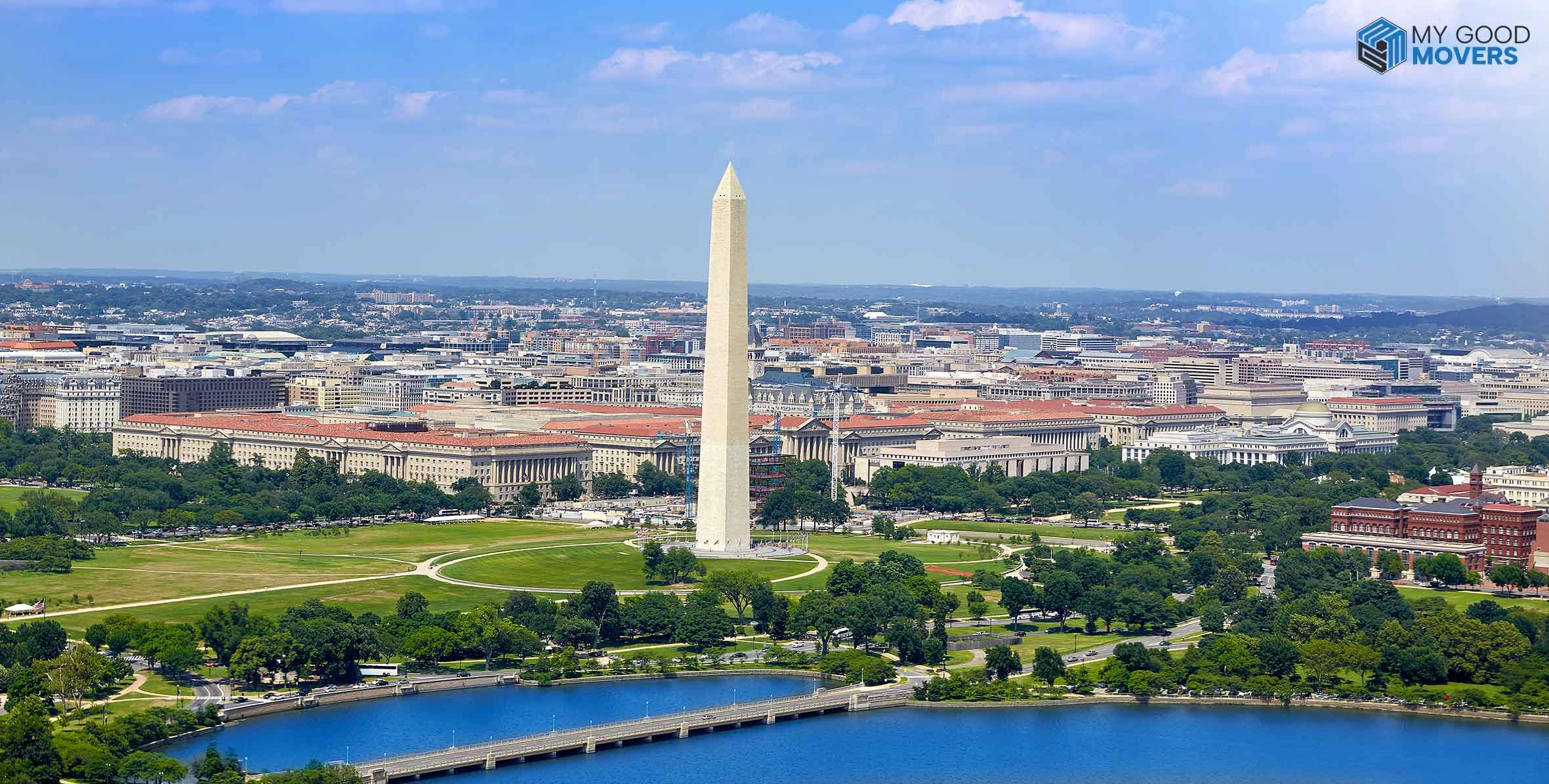
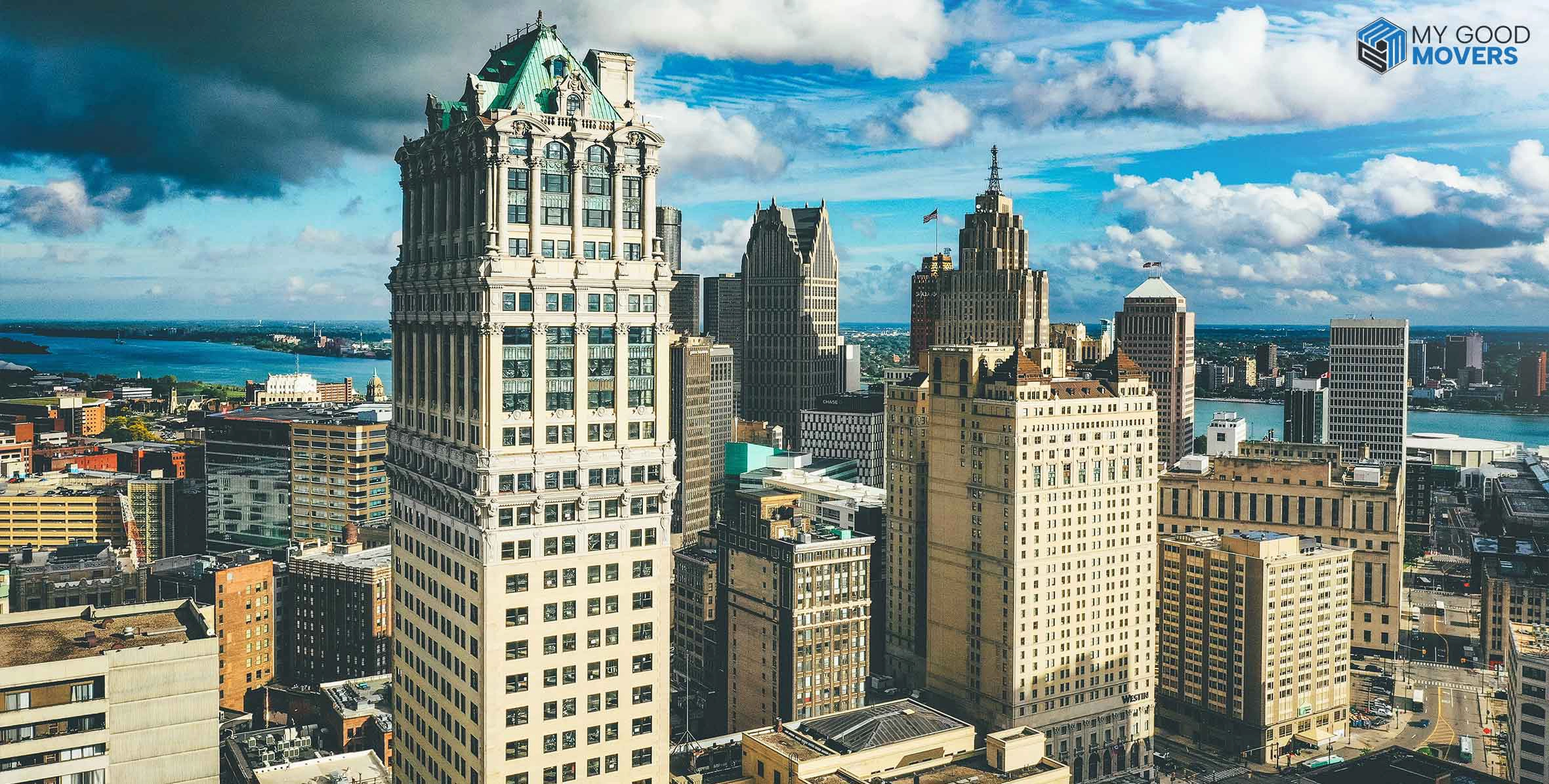
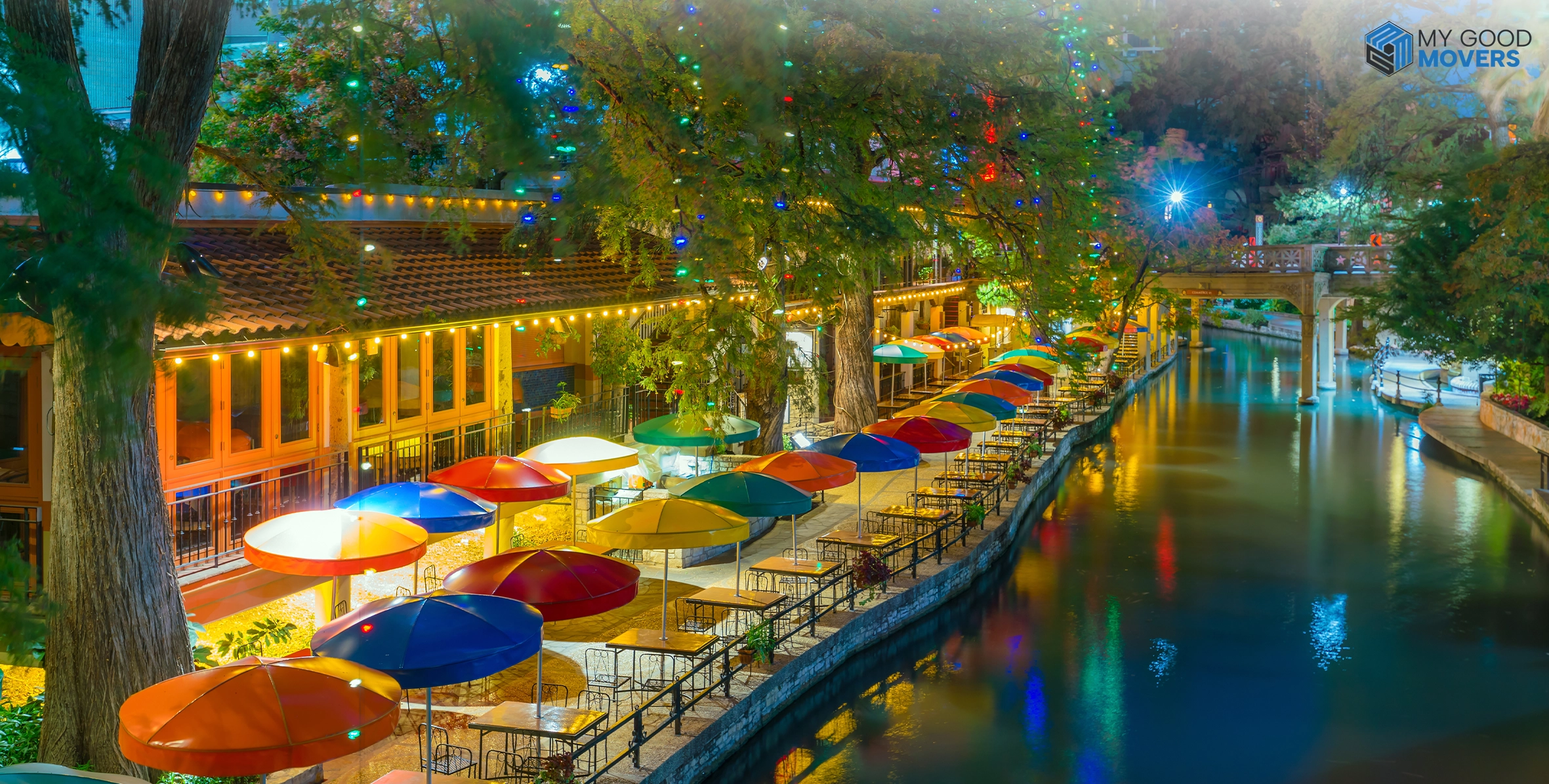
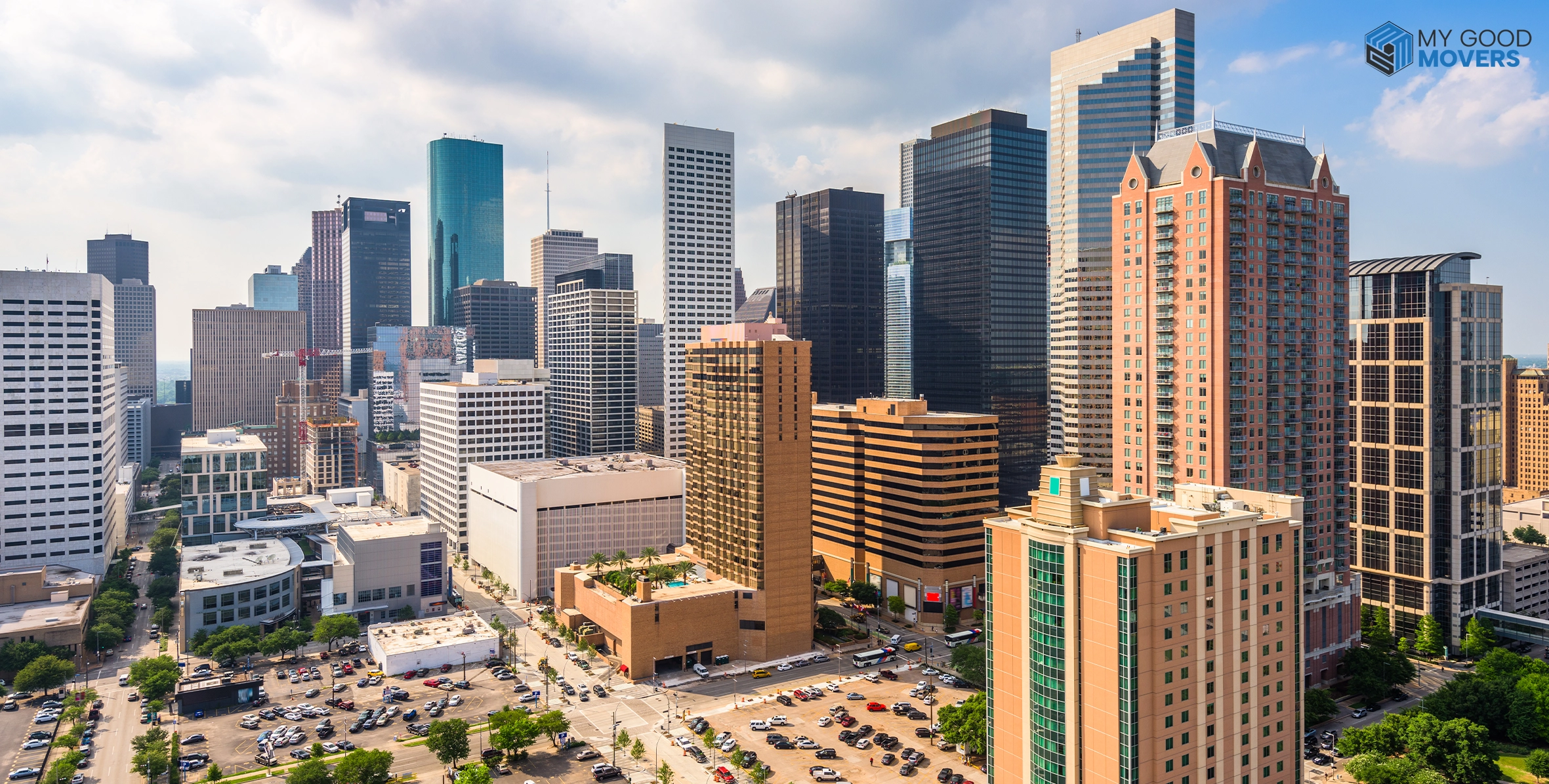
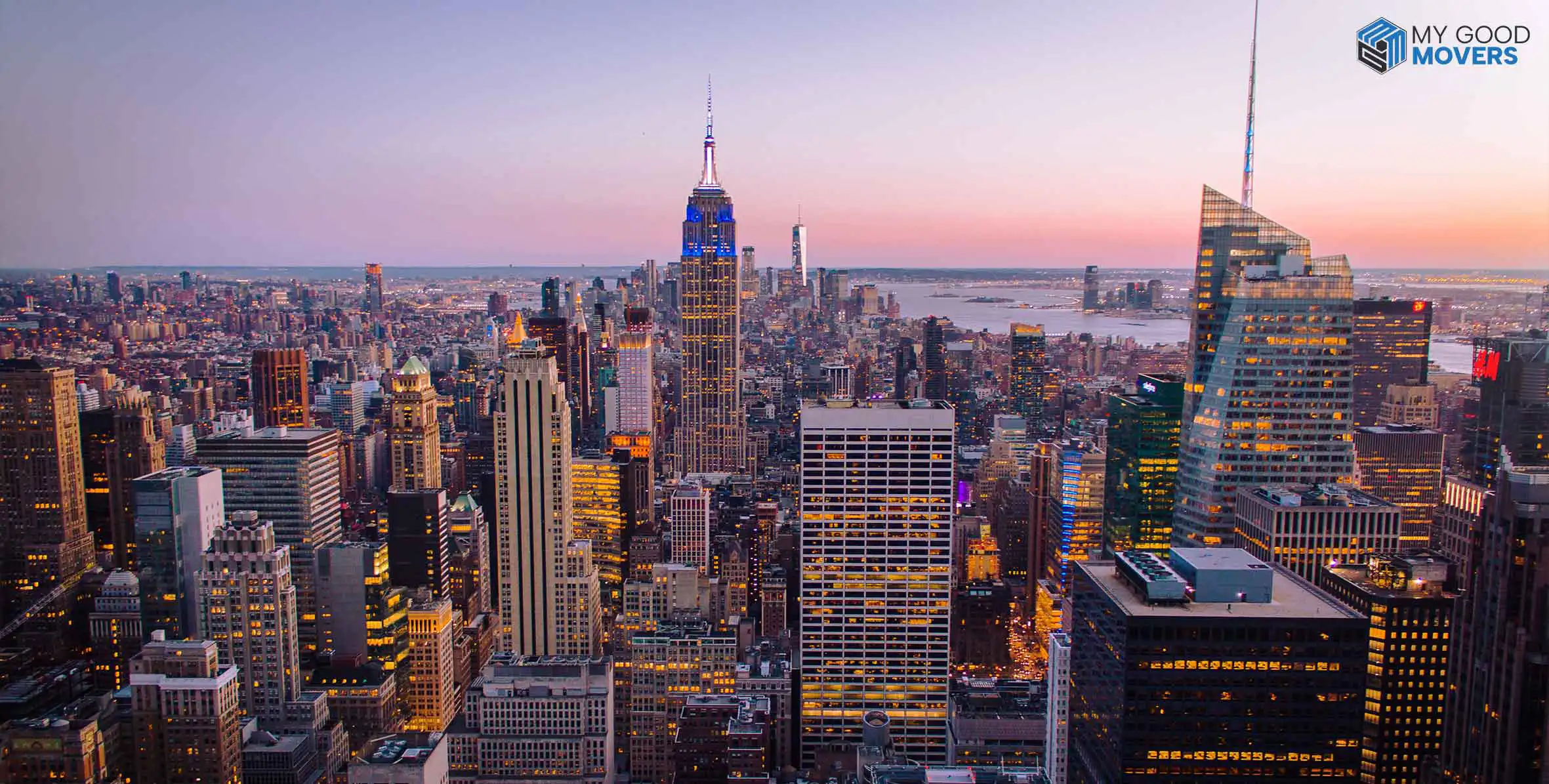
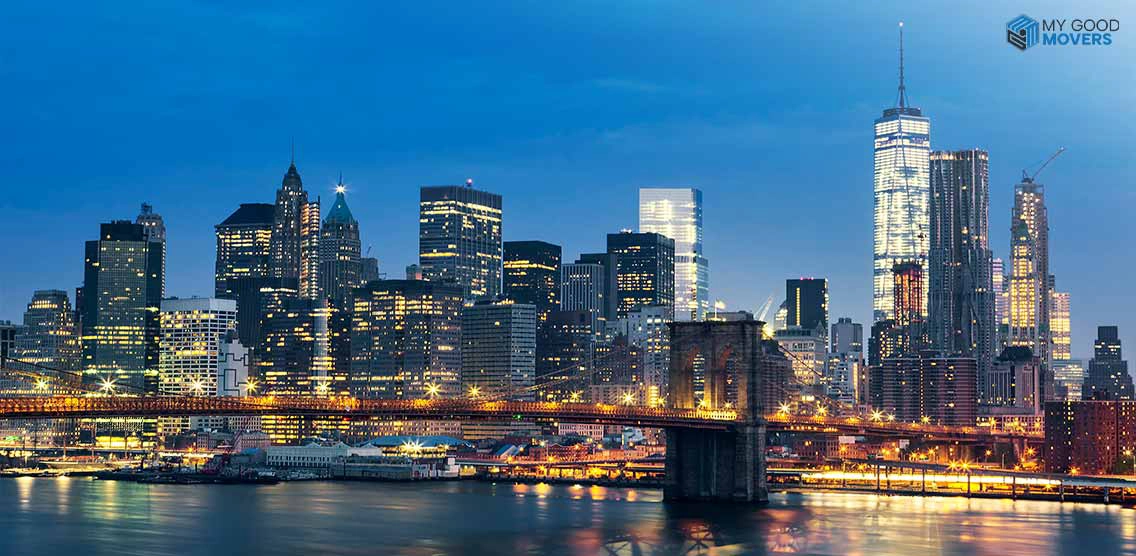
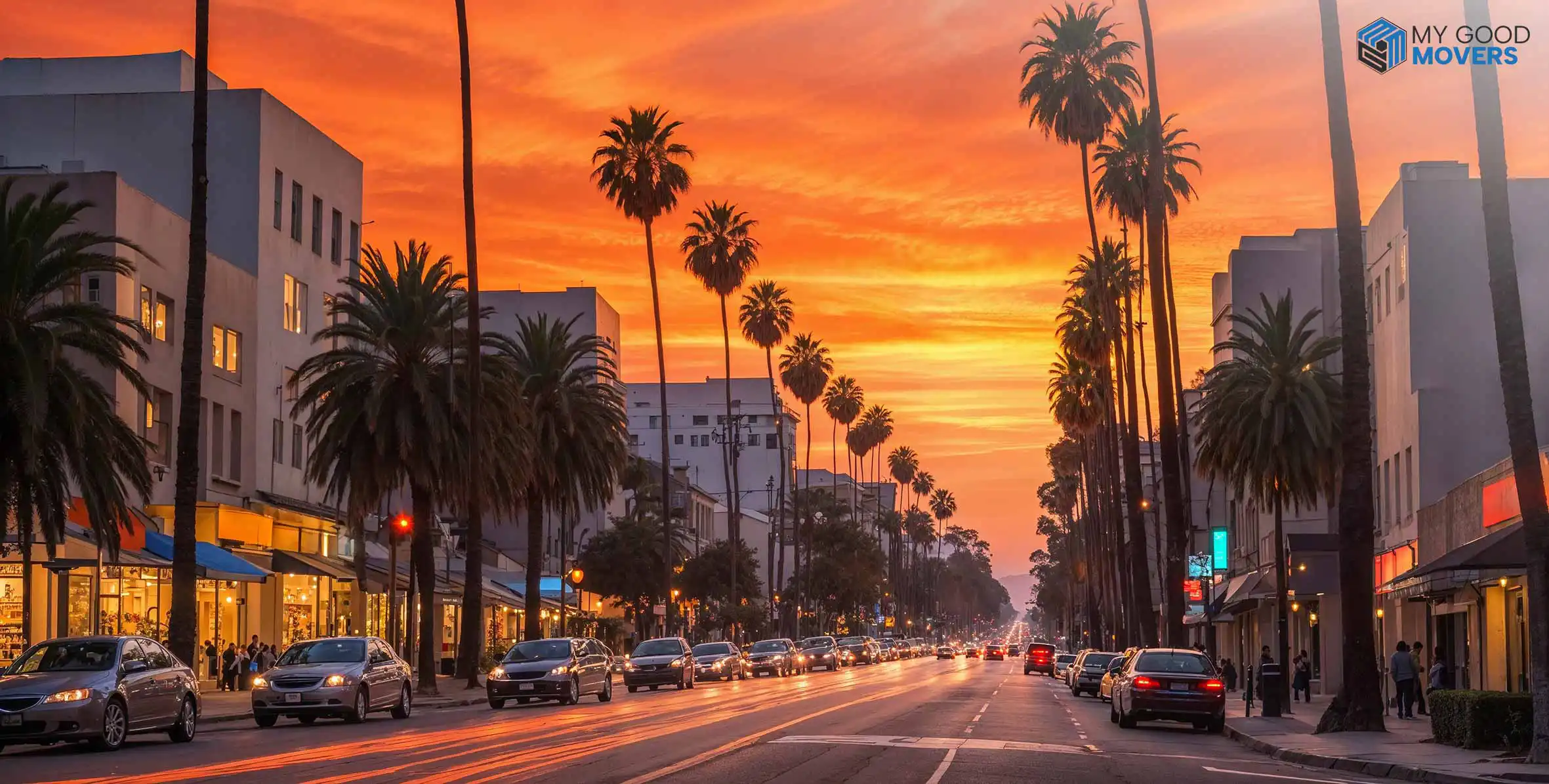
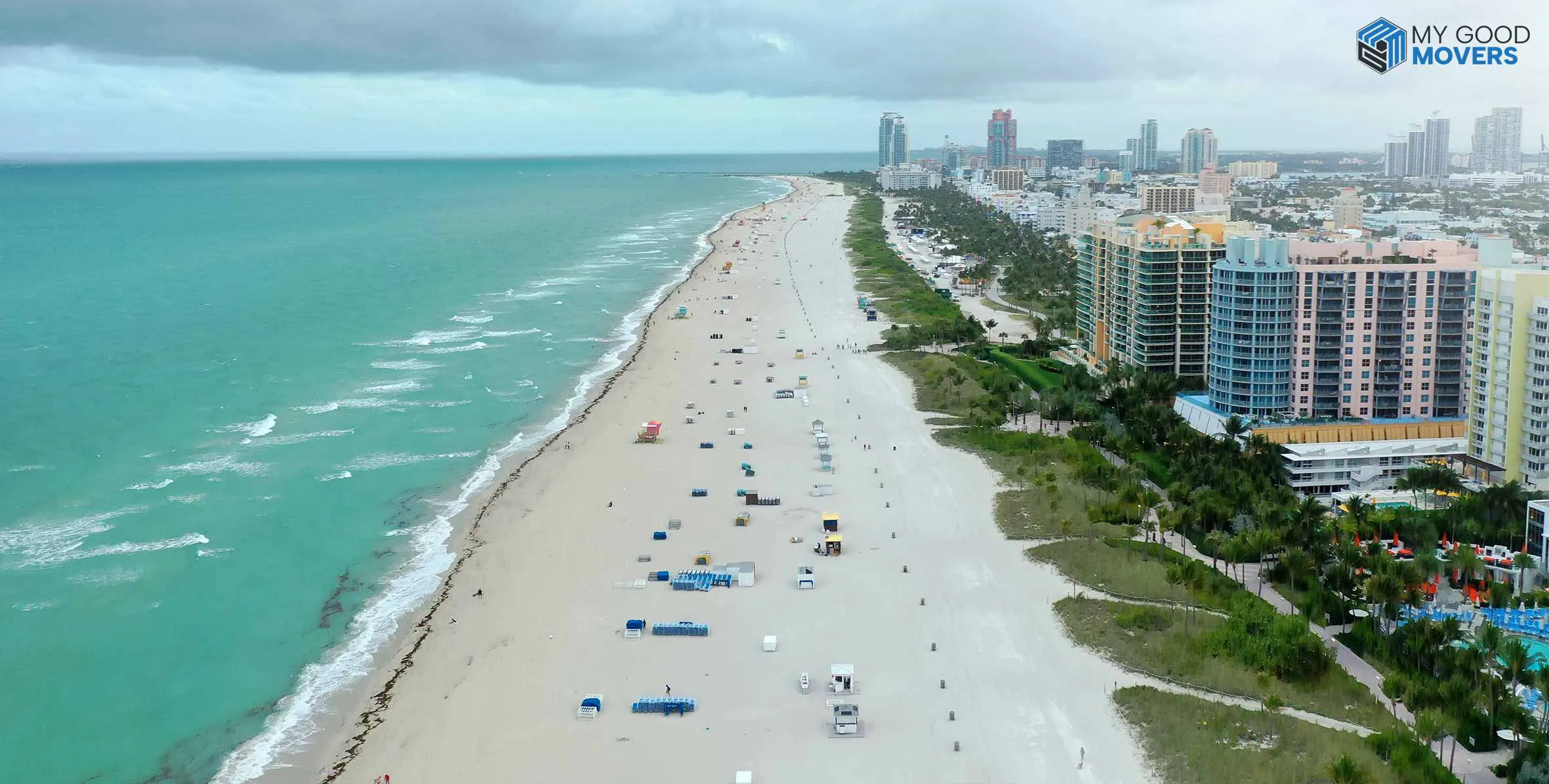
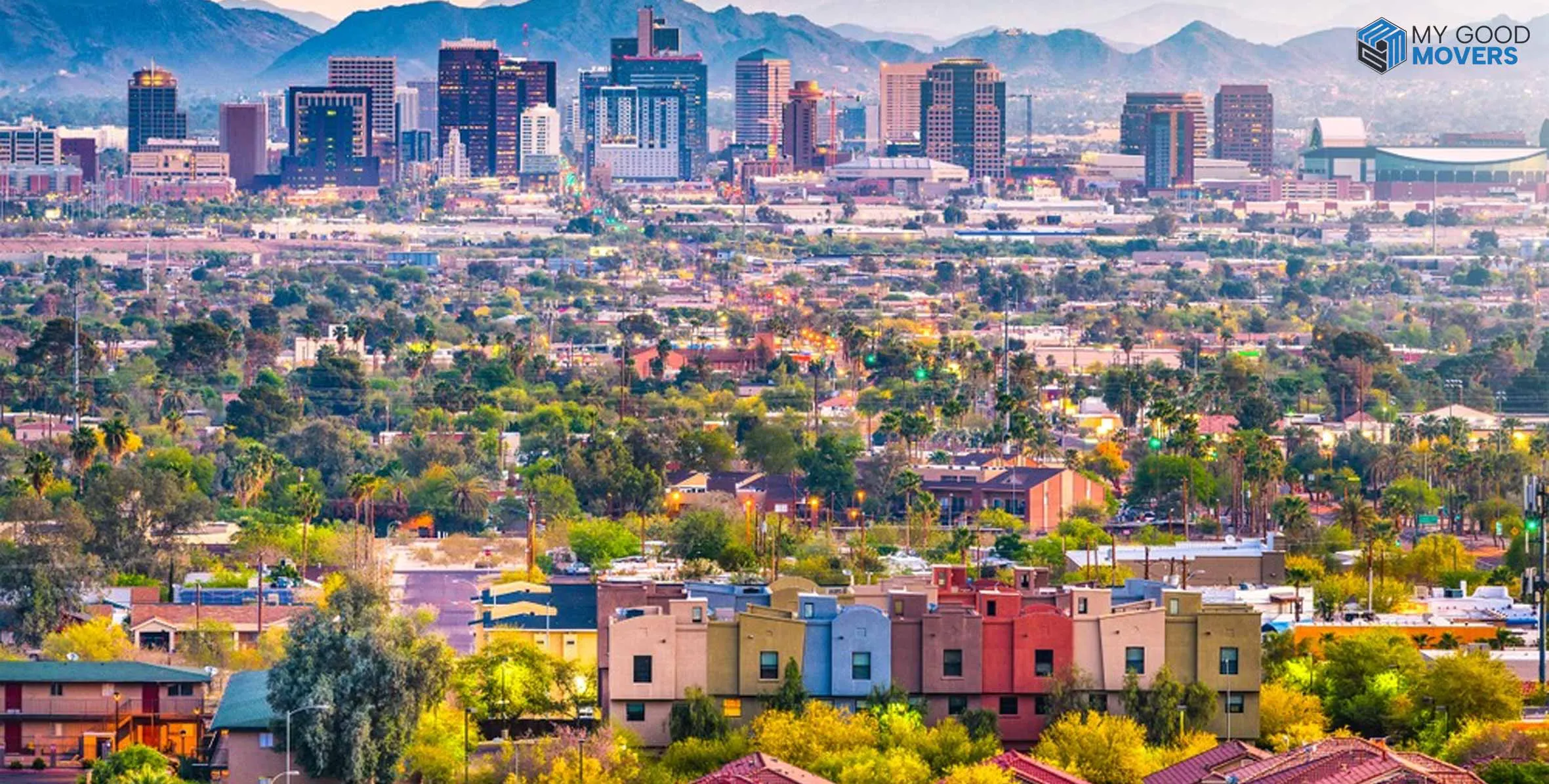
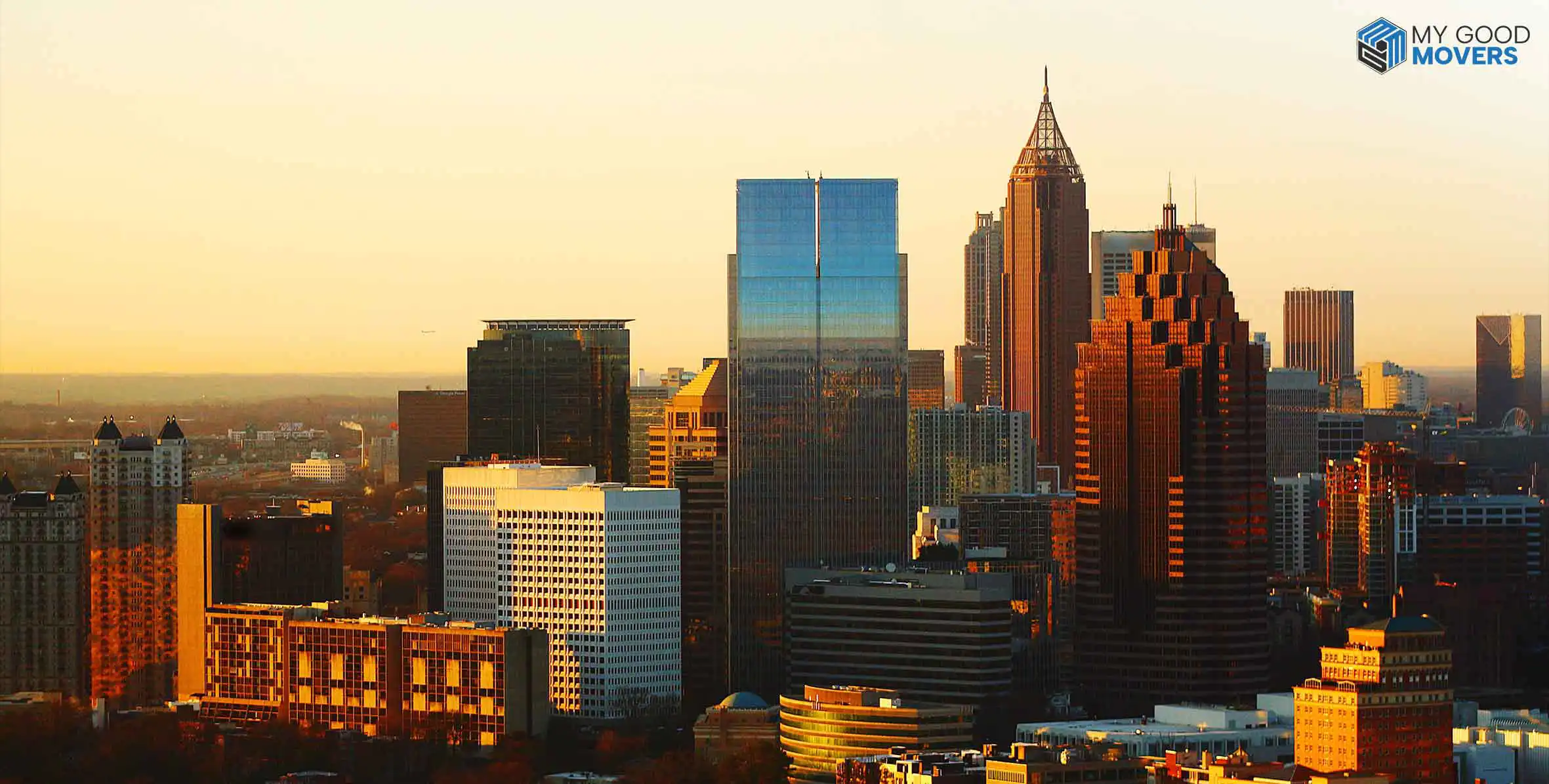
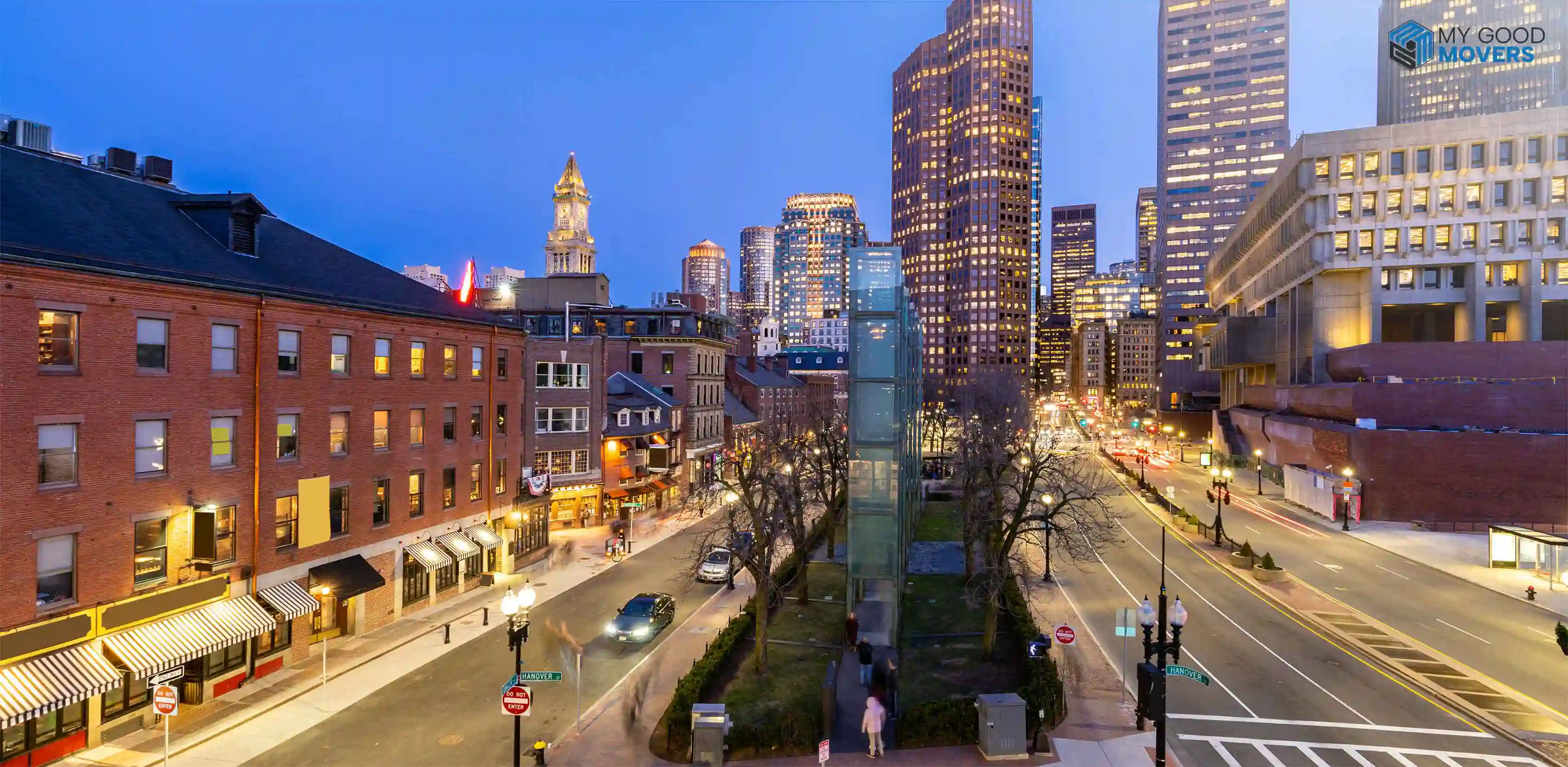
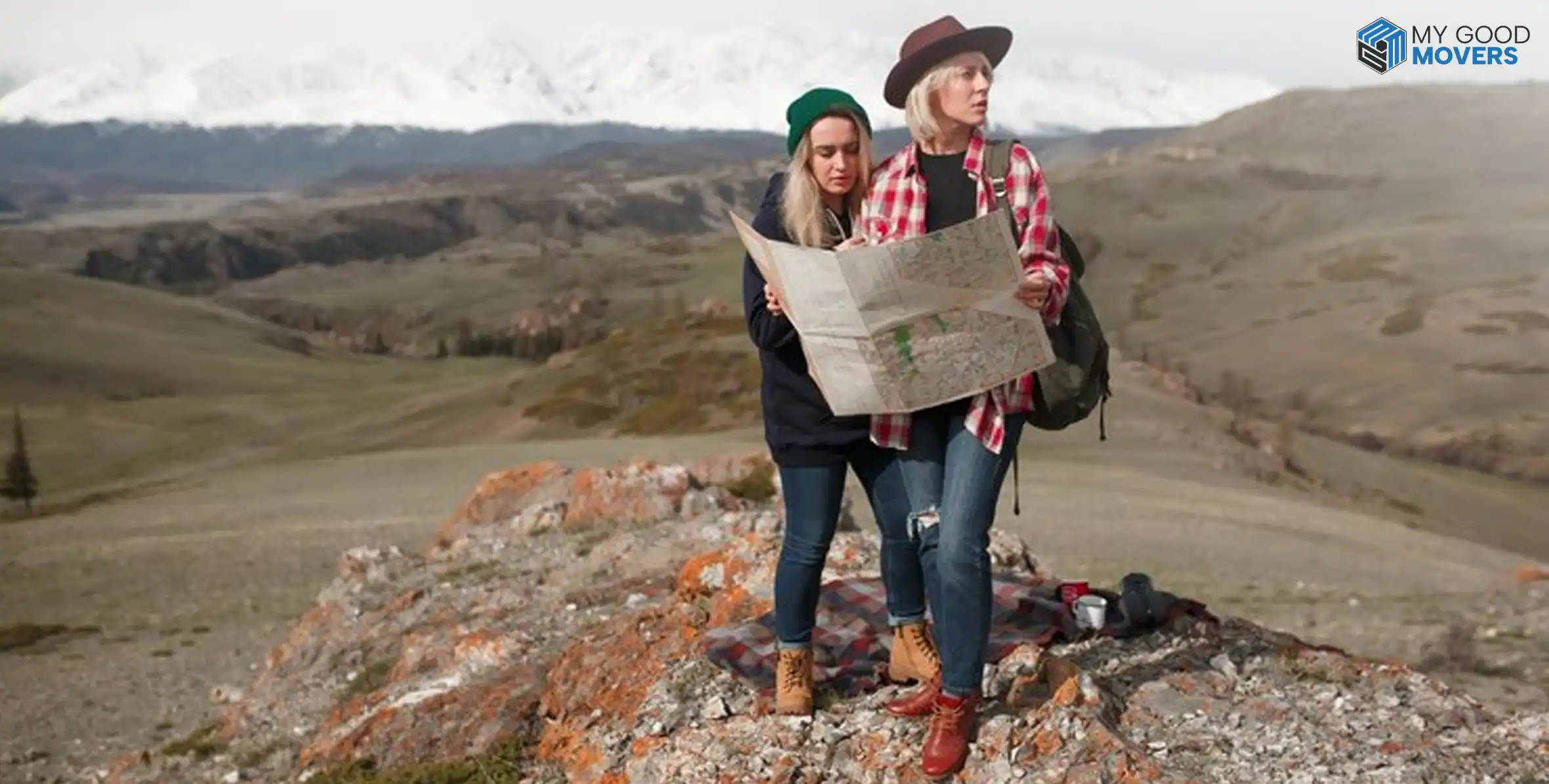





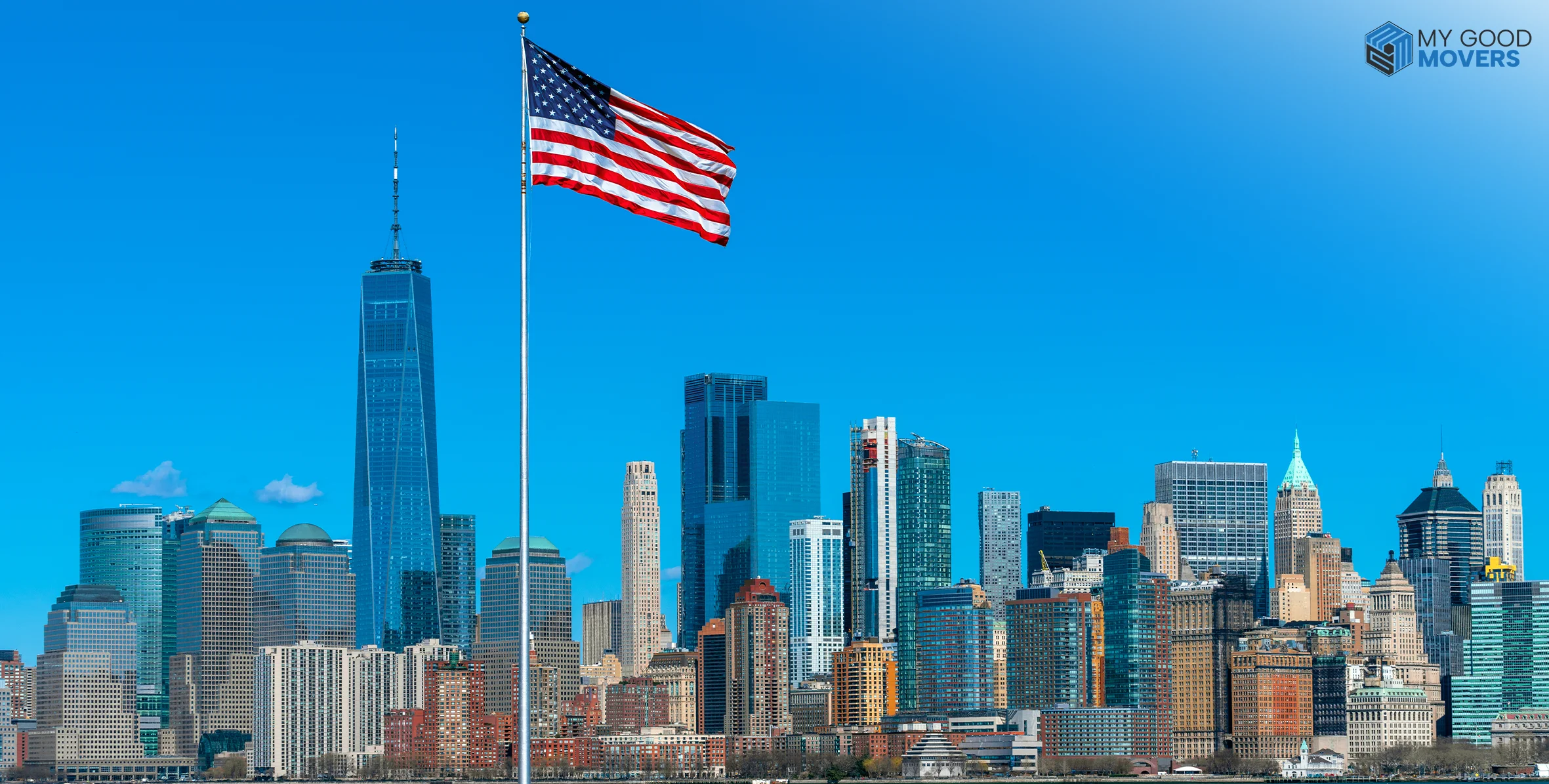

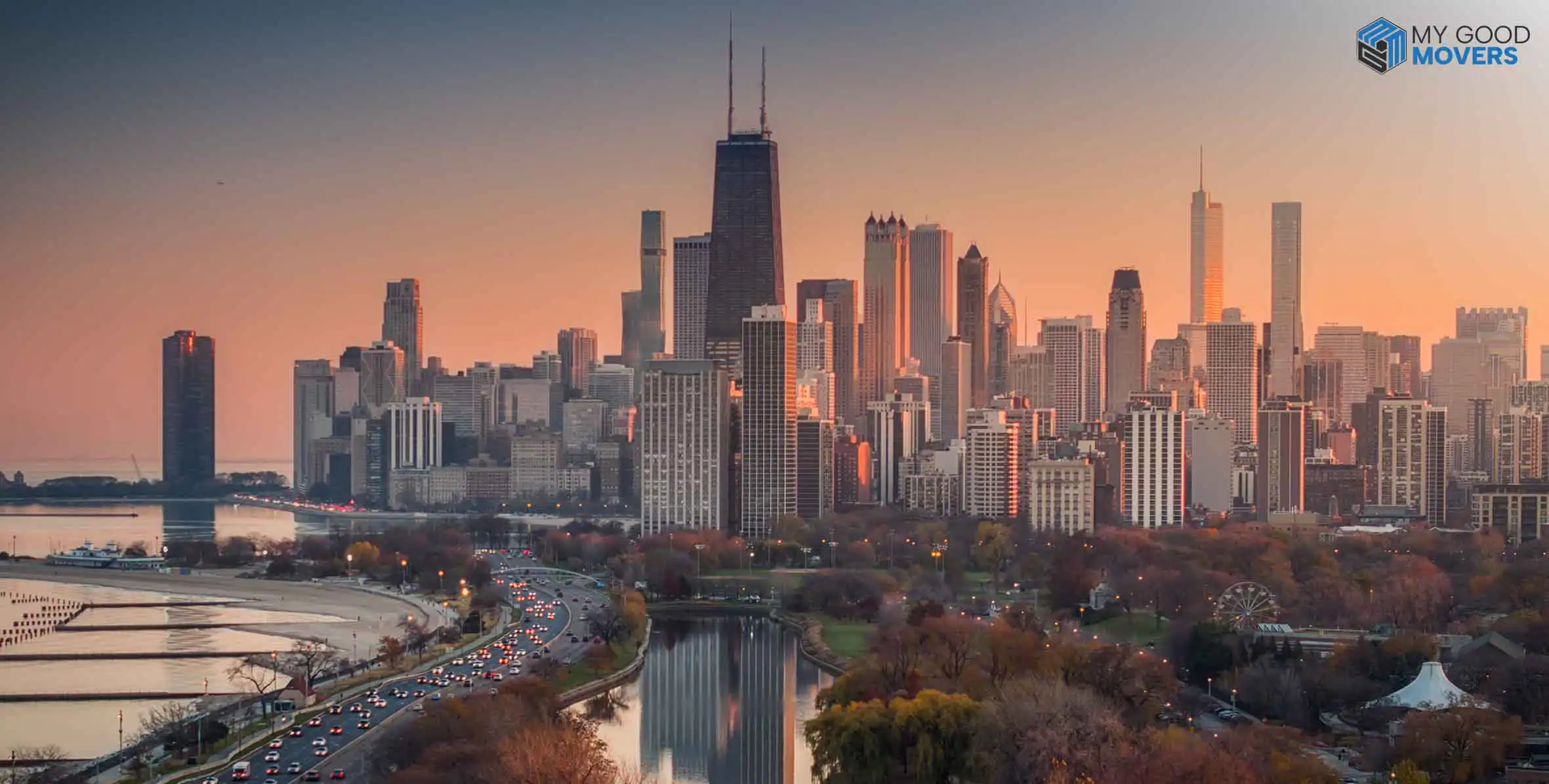


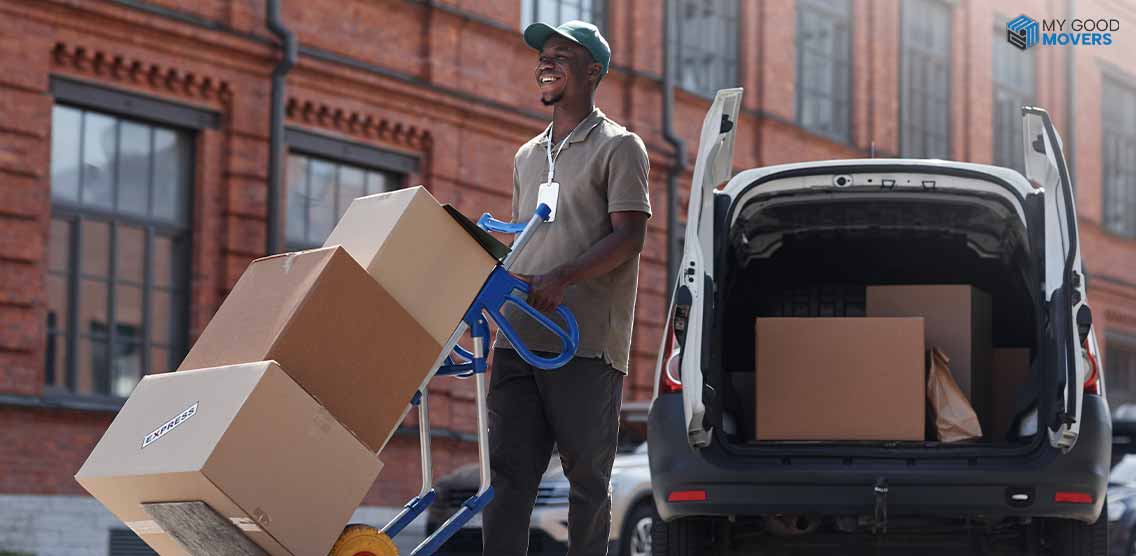
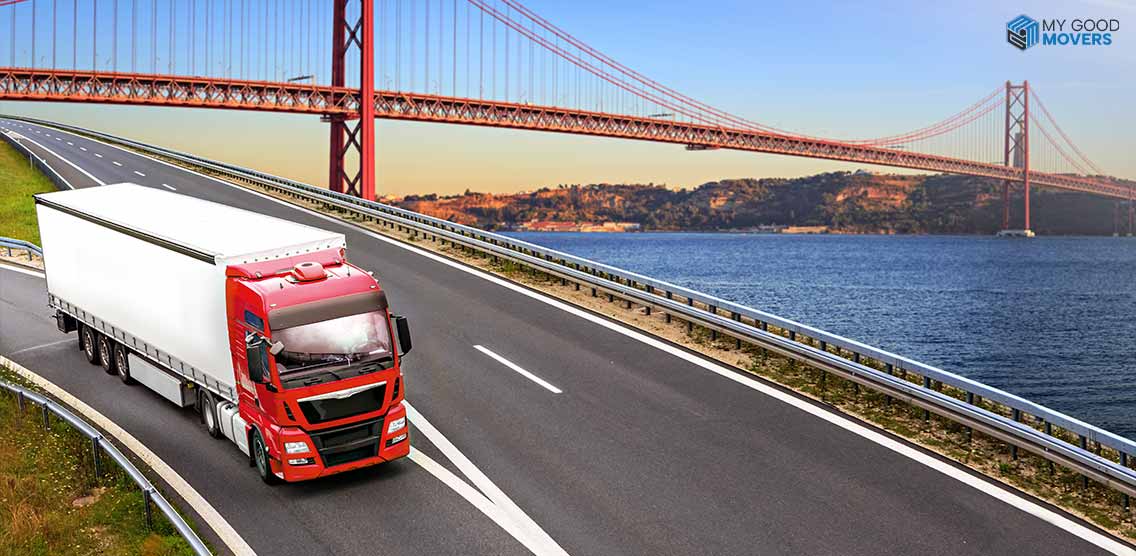
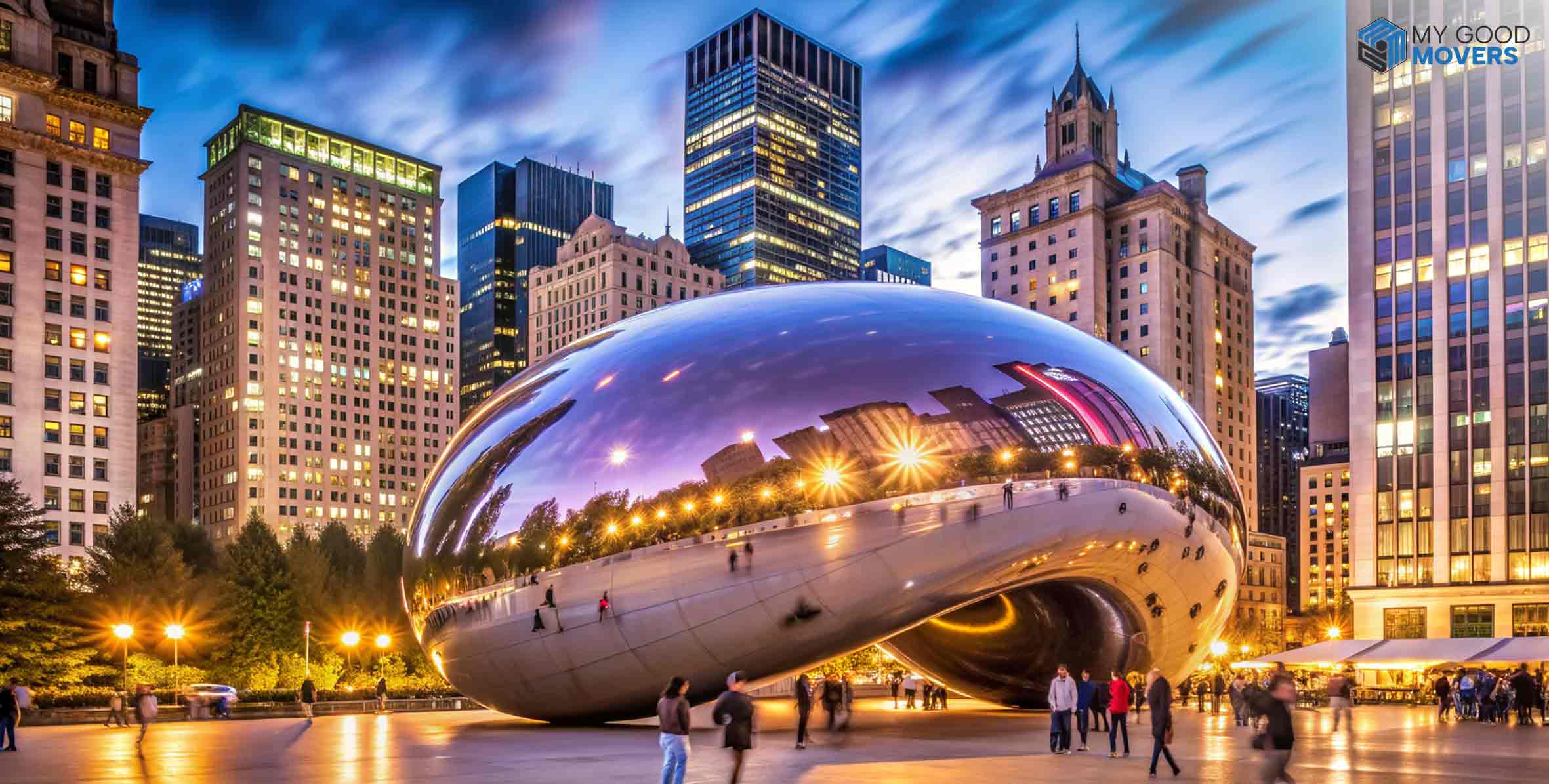
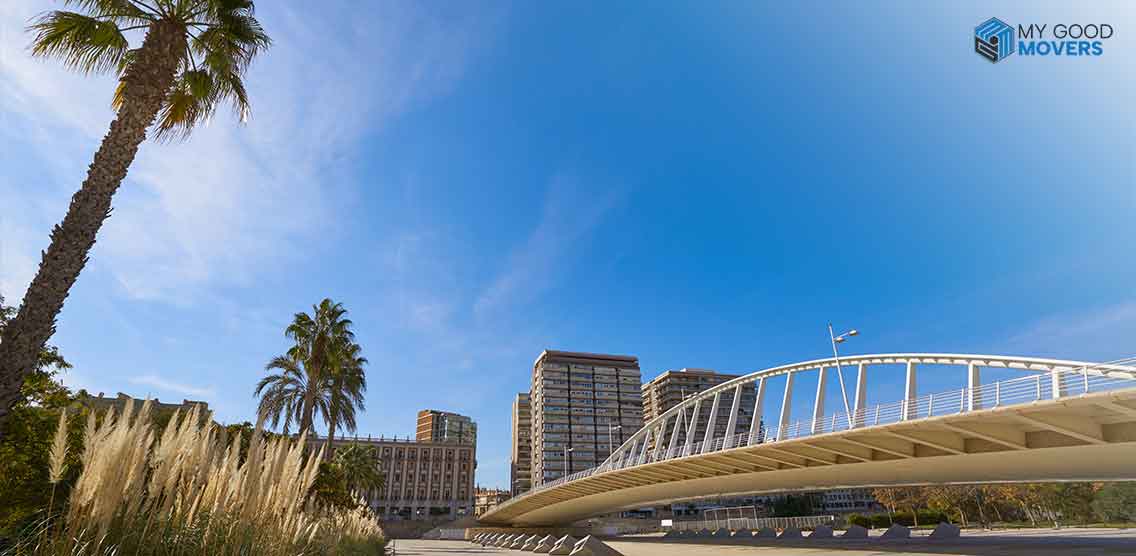
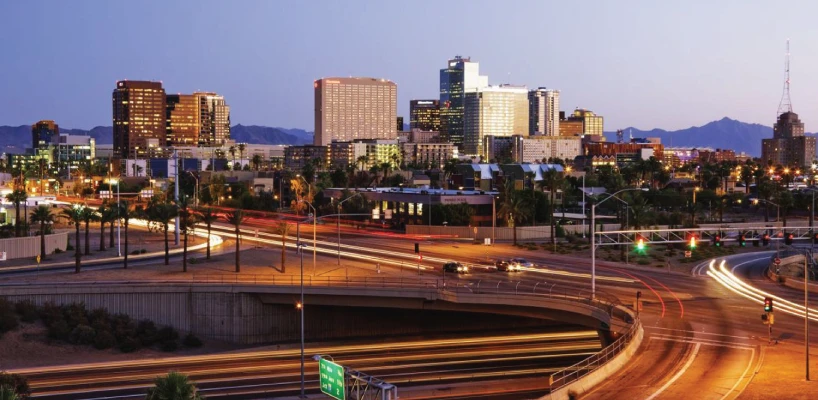
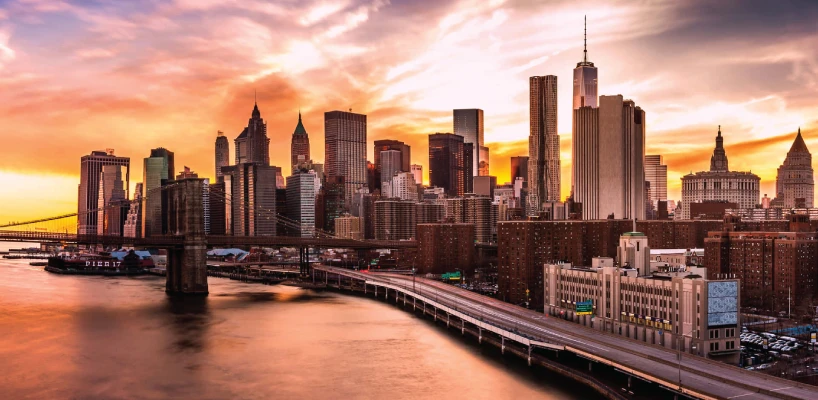

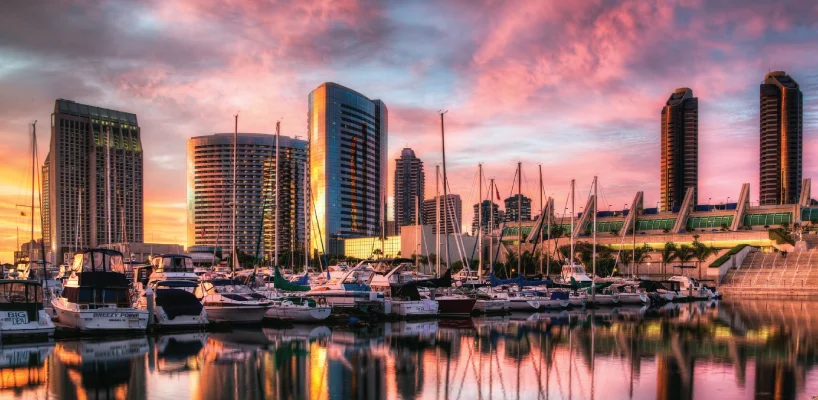

 (239) 799–6077
(239) 799–6077